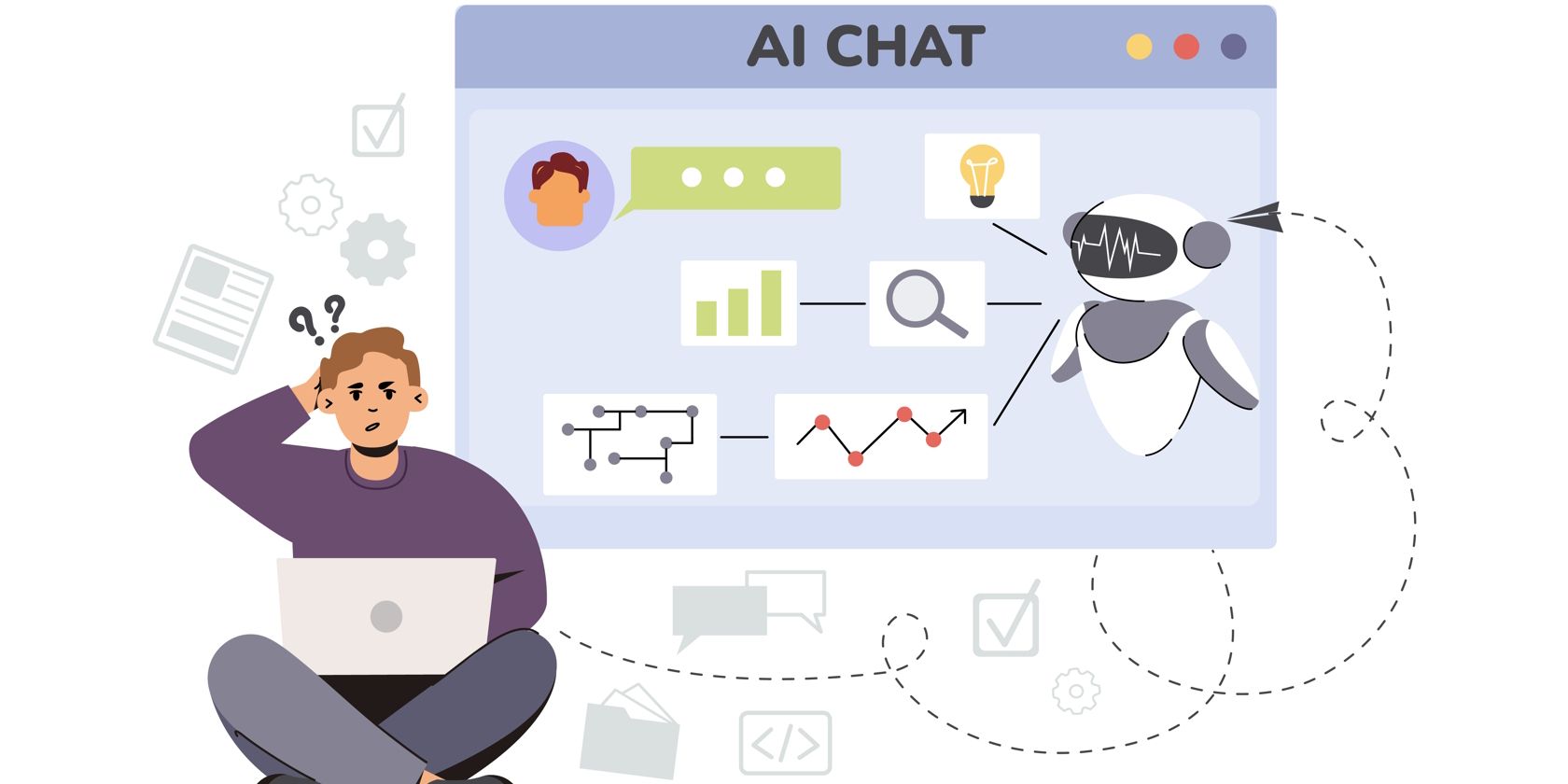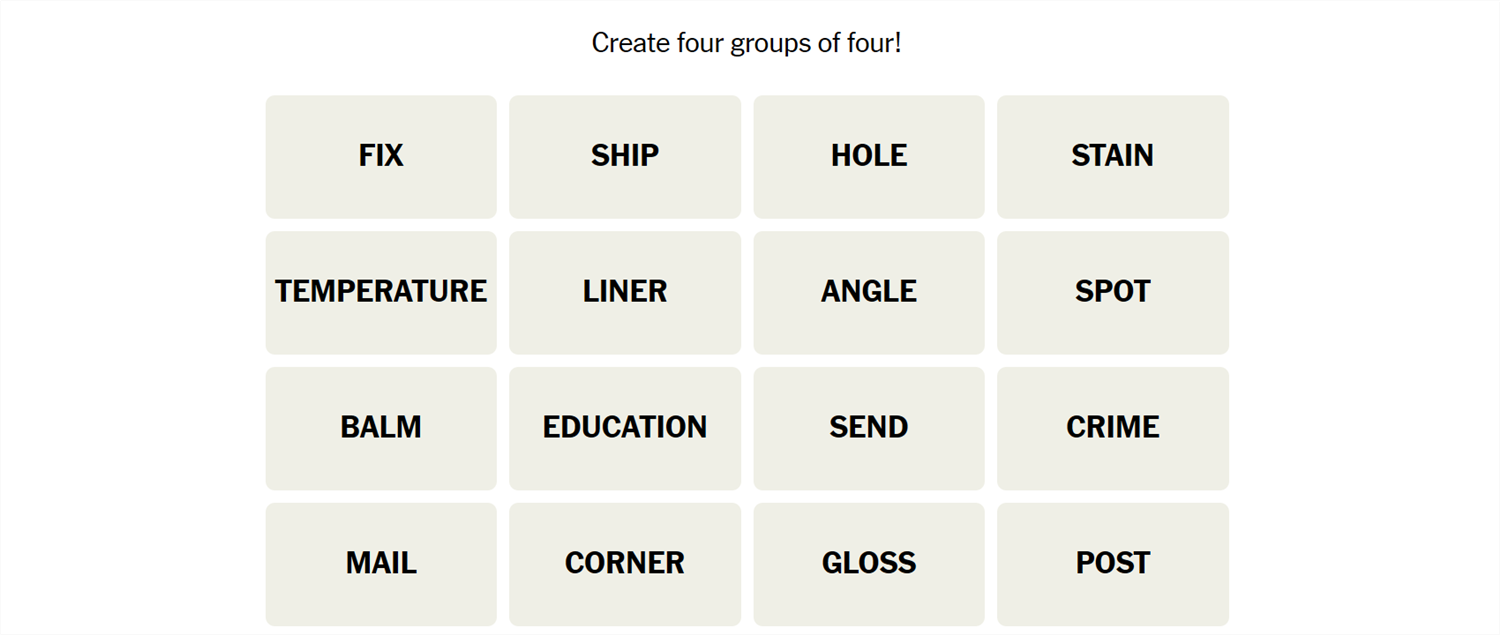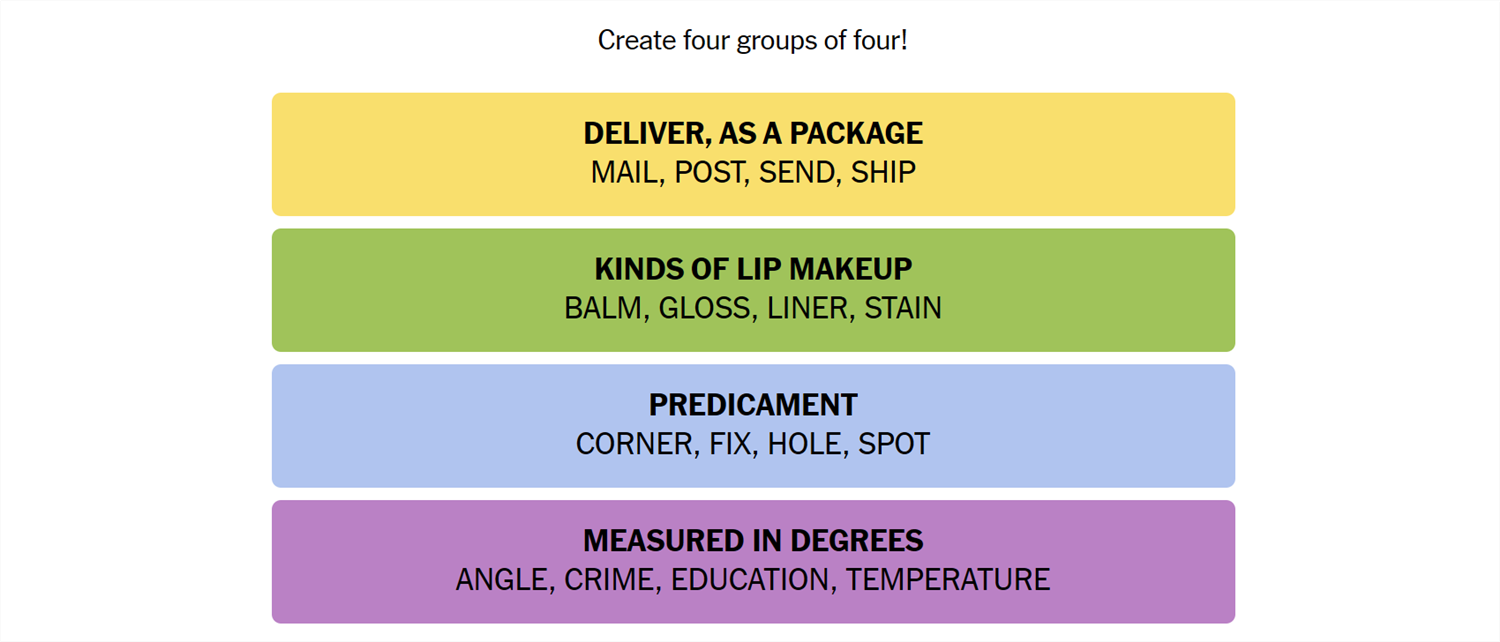
June 17 Insights: Unlocking Clues in The New York Times Connection Puzzle #372

June 17 Insights: Unlocking Clues in The New York Times Connection Puzzle #372
Quick Links
- What Is Connections?
- Hints for Today’s Connections Groups
- Today’s NYT Connections Answers
- How Did We Solve This Connections Game?
- How Do You Guess Connections Groups?
Connections is a game from the New York Times that challenges you to find the association between words. It sounds easy, but it isn’t—Connections categories can be almost anything, and they’re usually quite specific. If you need a hand getting the answers, we’ve got you covered.
What Is Connections?
Connections is a game from the New York Times. The objective is simple: sort 16 words into groups of 4. Each group of words will be connected by some common idea or theme. That common element could be anything. We have seen everything from games that rely on the number of letters in the words to categories that require you to spot an extra letter at the end of the word. Sometimes they’re references to economics, other times they reference fairy tales. There is no telling what sort of association there will be between words.
Once you’re confident you understand the connection, select 4 words, then hit “Submit.” You have only four attempts in total, so don’t be too guess-happy.
Hints for Today’s Connections Groups
Here are a few hints for the 372nd Connections game to get you started:
- Yellow: How you might send goods sold on the internet.
- Green: Cosmetics for your face.
- Blue: A rough or unfortunate situation.
- Purple: Not to be confused with radians.

If you still need help, the actual group names are:
- Yellow: Deliver, as a Package
- Green: Kinds of Lip Makeup
- Blue: Predicament
- Purple: Measured in Degrees
Today’s NYT Connections Answers

Deliver, as a Package (Yellow):
Mail, Post, Send, Ship
Kinds of Lip Makeup (Green):
Balm, Gloss, Liner, Stain
Predicament (Blue):
Corner, Fix, Hole, Spot
Measured in Degrees (Purple):
Angle, Crime, Education, Temperature
How Did We Solve This Connections Game?
June 17th was pretty easy for me.
The first word I looked at was mail, and I interpreted it as a verb. That made post, send, and ship pretty natural additions to finish out Yellow, “Deliver, as a Package.”
Next, I started with the word gloss. I briefly considered glossy paint or finishes, since the word stain would potentially be related, but there wasn’t anything else that fit with those ideas. So I switch tracks to lip gloss, and that proved more productive. Balm, gloss, liner, and stain are all “Kinds of Lip Makeup,” and were in the Green group.
Corner, fix, hole, and spot all came together intuitively, as they’re all commonly used as synonyms for “Predicament, and made up the Blue group.
That left angle, crime, education, and temperature in the Purple group, which was “Measured in Degrees.”
How Do You Guess Connections Groups?
There is no quick, reliable way to approach Connections like there is with Wordle, since Connections isn’t algorithmic. However, there are a few things to keep in mind that can help.
- Look for similar parts of speech. Are some words verbs and others nouns? Are some adjectives? Try mentally grouping them based on those categories and see if any other patterns jump out at you.
- Are the words synonyms? Sometimes categories will just be synonyms for a phrase, or very close to synonyms. Don’t rely too closely on this, though. Occasionally, Connections will deliberately throw in words that are sometimes synonyms to mislead you.
- Try saying the words. Sometimes, saying the words helps. One puzzle we saw included the words go, rate, faster, clip, pace, speed, move, commute, and hurry—all of which are obviously related to the idea of motion. However, when you say them, it becomes a little more obvious that only four (go, move, hurry, faster) are things you’d actually say to prompt someone to get moving.
- Expect the red herring . Connections usually has words that could be plausibly, yet incorrectly, grouped together. Take the words Bud, Corona, and Light, as an example. You might instinctively see those three words together and assume they’re lumped together in a category related to beer—but they weren’t.
- Look for distinct words. If a word on your board doesn’t have multiple meanings or can really only be used in one context, try using that word as the basis for a category.
- Shuffle the board. Sometimes, moving words around will help you look at them in new ways.
If you didn’t solve this one, don’t feel too bad—there’s always tomorrow! And those words may align with a topic you’re interested in, giving you a leg up on the competition.
Also read:
- [New] The Timeless Trove of Freely Shared Works
- [Updated] 2024 Approved QuickCapture Pro - Efficient Win11 Video Recorder
- [Updated] In 2024, Transforming Spontaneitous Tunes Into Structured YouTube Playlists
- [Updated] The Writer's Journey Through Podcast Production for 2024
- [Updated] Ultimate Guide to the Best 10 Cost-Free Photo Hosters
- [Updated] Unlocking Secrets The Battle of Biometric Systems in Phones
- [Updated] Unlocking YouTube Content as Lively, Download-Free Animated GIFs
- [Updated] Unveiling 5 Excellent Mac Livestream Software
- 2024 Approved Podcast Prelude Selecting In-Sync Sonic Sources
- 2024 Approved Streamlining the Update Process for Accurate TikTok Age Details
- 2024 Approved The Complete Blueprint for iPhone Photo Arrangement in Ordered Algebras and iCloud
- 2024 Approved The Definitive Guide to Superior HDR Photography Gear
- 2024 Approved Toolwiz in Pictures Complete Review Unveiled
- How to Change GPS Location on Apple iPhone 8 Easily & Safely | Dr.fone
- In 2024, How to Hide/Fake Snapchat Location on Your Asus ROG Phone 8 | Dr.fone
- In 2024, The Universal Watcher Exclusive Local and Live Streaming
- In 2024, Twilight Tales - Top HDR Sky Captures From Leading Portals
- New The Ultimate List Top 10 Free Game Download Sites for PC, Android, and Mobile for 2024
- Top-Rated MagSafe Wallets : Comprehensive Reviews by Tech Gurus - Featuring Insights From ZDNet
- Title: June 17 Insights: Unlocking Clues in The New York Times Connection Puzzle #372
- Author: Mark
- Created at : 2024-12-22 16:10:44
- Updated at : 2024-12-25 01:57:16
- Link: https://some-guidance.techidaily.com/june-17-insights-unlocking-clues-in-the-new-york-times-connection-puzzle-372/
- License: This work is licensed under CC BY-NC-SA 4.0.